Materials
Eye Pins are wires with a loop on one end and a straight portion of wire where beads can be strung. Length and gauges vary; most earrings use 24-gauge eye pins from 1 1/2 – 2 1/2 inches. |
|
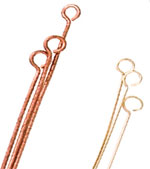 |
Head Pins are a piece of wire with a stop end like a fine nail head. A bead slides onto the head pin and stops on the head. Lengths and gauges vary; most earrings use 24-gauge head pins from 1 1/2 – 2 1/2 inches. |
|
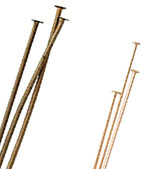 |
Jump Rings are one of the most versatile findings used in jewelry-making. They come in all sizes, gauges and metals. They are measured by diameter (width) and gauge (weight). |
|
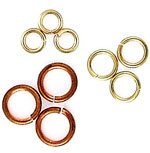 |
Ear Wires come in many different styles. Regular fishhook style are the most common and the easiest to make yourself. Recommended weight for ear wires is either 22- or 20-gauge. |
|
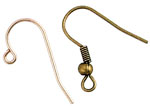 |
Crimp Tubes are small soft metal cylinders that can be flattened or formed around flexible beading wire to secure the ends. They are an essential component for bead stringing projects. |
|
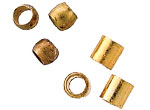 |
Wire comes in many sizes or gauges. Gauge is the measured diameter of the wire. The higher the number, the thinner the wire. Wire can be tempered soft, half-hard or hard, which refers to its stiffness. Copper, silver and gold-filled are most commonly used for jewelry. |
|
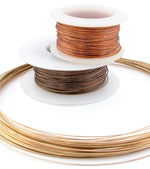 |
Flexible Beading Wire comes in several weights from .010 - .026-inch diameter and is designed for stringing. It is available in precious metal and several colors and is made from 7 to 49 strands of steel wire, twisted and encased in a flexible plastic coating. Ends are finished with crimp beads using either crimping or chain-nose pliers. |
|
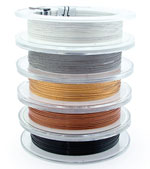 |

